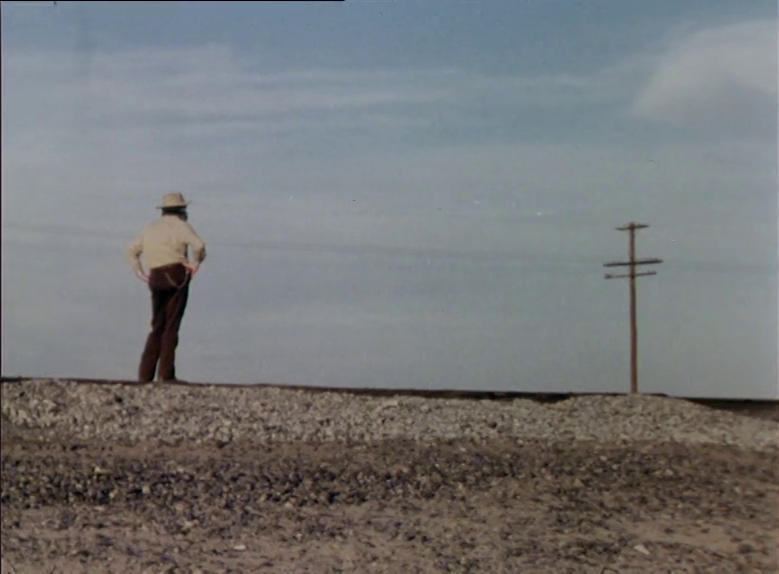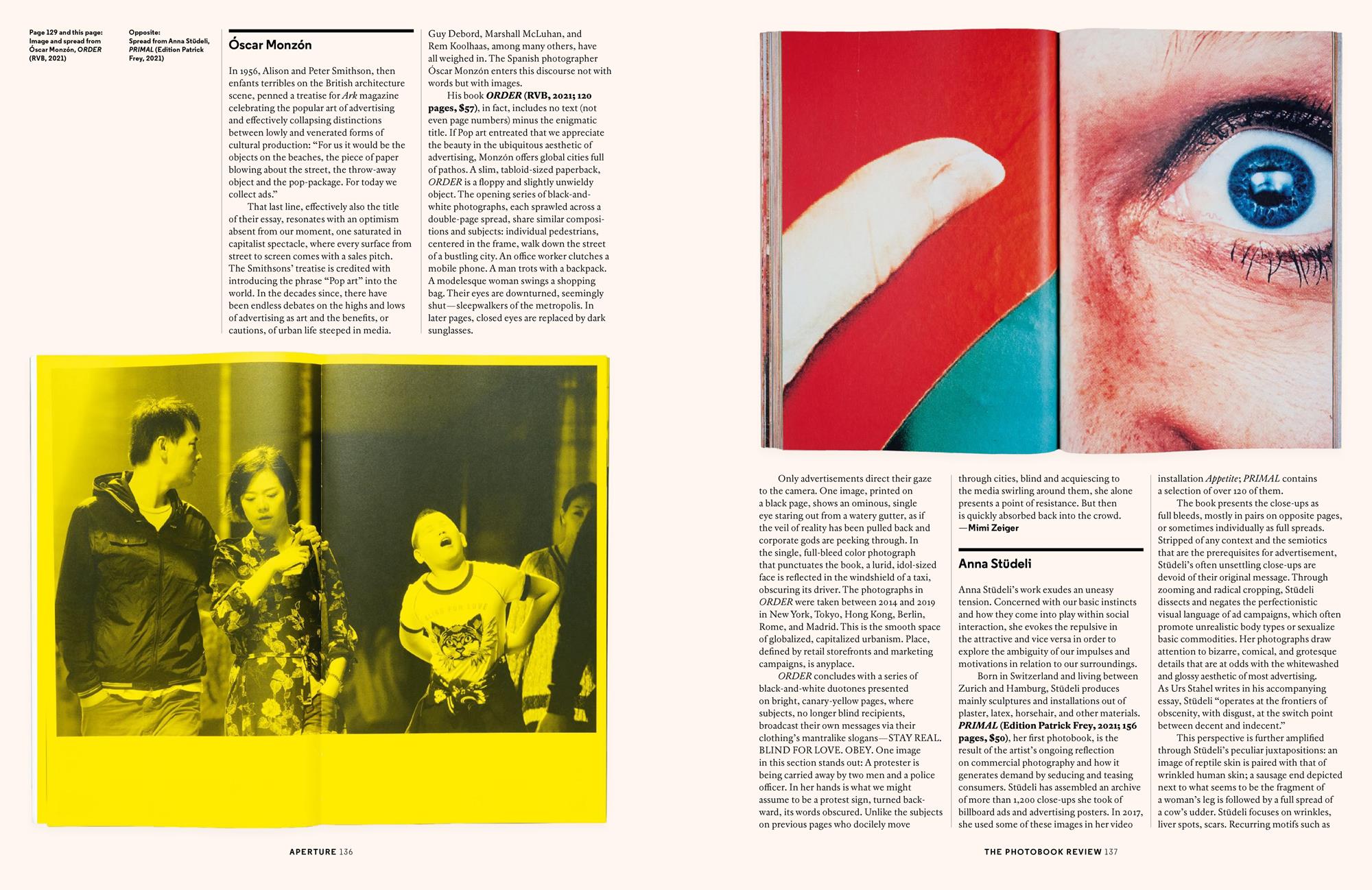In 1956, Alison and Peter Smithson, then enfants terribles on the British architecture scene, penned a treatise for Ark magazine celebrating the popular art of advertising and effectively collapsing distinctions between lowly and venerated forms of cultural production: “For us it would be the objects on the beaches, the piece of paper blowing about the street, the throw-away object and the pop-package. For today we collect ads.”

Two pioneering works of radical television from the mind of the iconoclastic architecture critic Reyner Banham.
The writings and thinking of Reyner Banham, born 100 years ago this year, came to define and create architectural culture. His hugely innovative and engaging analyses of architecture, the city, culture and its artefacts continue to mark generations.
Banham’s trademark formal and intellectual wit, invention and creative critique found a perfect home on TV. In tonight’s first episode he drives the streets of his beloved LA, aided by an Alexa-like technological tour guide. In the second, he departs from there for Las Vegas, finding his own personal jackpot in the desert landscapes on route.
The ScreenTalk is chaired by Professor Richard J Williams, author of Reyner Banham Revisited, with guests writer and journalist Owen Hatherley, architectural historian Adrian Forty and LA-based critic, editor and curator Mimi Zeiger.
In early March, just as case numbers and mask requirements were dropping, the New York Times editorial board published an opinion piece titled “Why New York Needs a Covid Memorial.” City and citizens, the op-ed argued, would be stronger if it could “confront its grief instead of trying to outrun it.” The authors were necessarily hazy about shape and size, style and site, but particular about the need for a place for people to gather and mourn.
In year three of the pandemic, the United States is just shy of a million COVID-related deaths. Global deaths are six times that number, with each data point representing an individual with a constellation of loved ones, friends, co-workers left behind. Clearly, there’s a need to honor the dead. But when and how? Read More …
We generally want to interpret contemporary art museums in good faith—not as mausoleums of wealth, but as open, accessible places, removed from the vicissitude of the market and designed to produce an experience, foster education, and nurture communion with art. The recently reopened Museum of Contemporary Art San Diego (MCASD) in La Jolla checks all those boxes, even adding a gentle Pacific breeze and the sound of crashing breakers. Yet the $105 million renovation and expansion gives off monied vibes, accommodating a mushrooming collection and driven by the ambitions of the museum board.
Low-slung on a bluff overlooking the Pacific Ocean and conservatively clad in travertine panels, the expanded Joan and Irwin Jacobs Building, by New York-based Selldorf Architects, greets visitors with a pavilion-like entry shaded by a massive Mission fig tree. Maybe it’s the glass and aluminum storefront facade, or the gift shop positioned to the right of the ticketing desk, but the details smack of high-end retail. The vibe: minimalist, tasteful, functional. In short, everything that Venturi Scott Brown and Associates’ (VSBA) weird, whimsically vaulted Postmodernist lobby is not.
This event is co-organized by Gavin Kroeber & Mimi Zeiger and presented in partnership with SCI-Arc.
The discussion will feature a remarkable group of architects, designers, and planners, including Keller Easterling, Patty Heyda, James Rojas, M. Casey Rehm, and Andrew Zago, along with artists Mary Ellen Carroll and Tim Portlock, journalist Gustavo Arellano.

Peter Reyner Banham is one of the most relevant architectural and design critics of the 20th century. Join us to celebrate his 100th birthday on March 4 with a symposium, organised as a collaboration between the AA and The Bartlett School of Architecture, UCL, which will bring together multi-generational duets of scholars and practitioners engaging on themes key to the life and intellectual legacy of the English critic.
The symposium will precede two AA Visiting Schools held from June-July 2022 – “Farewell Reveries” (online) and “A Blighty Safari” (a road trip throughout the UK) – that will reflect on Banham’s passion for travel and field exploration.
Original image by Tim Street-Porter
Sesshu Foster and Arturo Ernesto Romo are authors of ELADATL: A History of the East Los Angeles Dirigible Air Transport Lines. A surrealist history that flows backwards and forwards in time, their novel tells a utopian story about airships and revolution—including how groups like the East LA Balloon Club and the Bessie Coleman Aero Club were hard at work to revolutionize travel, with an aim to literally lift oppressed people out of racism and poverty. The text, a series overlapping narratives and imagined artifacts, grew out of a long collaboration between Foster and Romo and is accompanied by drawings, collages, and photographs.
Based in Alhambra, CA, Foster is an award-winning writer. He taught composition and literature in East L.A. for over 20 years, and at the University of Iowa, the California Institute for the Arts, and the University of California, Santa Cruz. Romo was born and lives in Los Angeles. His artwork, mostly collaborative mixed media works and drawing, has been circulated internationally.
Oakland-based artist Sadie Barnette makes work that is born from her family history — a narrative that is both intensely personal and speaks to a legacy of resistance and opposing societal conditions of racism. Her father, Rodney Barnette, is the subject of much of her work. He was an activist, a member of the Black Panther Party, and later the proprietor of the first Black-owned gay bar in San Francisco. Sadie Barnette’s artworks recontextualize and reimagine these histories, working hundreds of pages of FBI reports into liberatory acts and fantastical objects.
Waste Tide would be a poolside summer read if that pool were toxic swill of first-world effluence. CHEN QUIFAN’s science fiction novel was first published in China in 2013 and he’s currently futurist-in-residence at SCI-Arc. Set amid the e-waste trash heaps of Silicon Isle, a fictional polluted strip of land in a dying sea off the coast of China, the story evokes a future ravaged by climate change choking on obsolete consumer electronics. Modeled in part on the very real town of Guiyu, it’s an uncomfortably recognizable portrait of the Capitalocene and reflection of near-feudal class disparities. In this way, it resonates with novelist and socialist political activist China Miéville’s musings on utopia: “[W]e live in utopia; it just isn’t ours. So we live in apocalypse too.” The twin condition that someone else’s utopia is another’s dystopia is central to Waste Tide’s narrative, but not a foregone conclusion. From the piles of stripped circuity and heavy metal poisons of the dump emerges a worker revolution.
Waste Tide by Chen Quifan and translated by Ken Liu. Tor Books, 2019.
